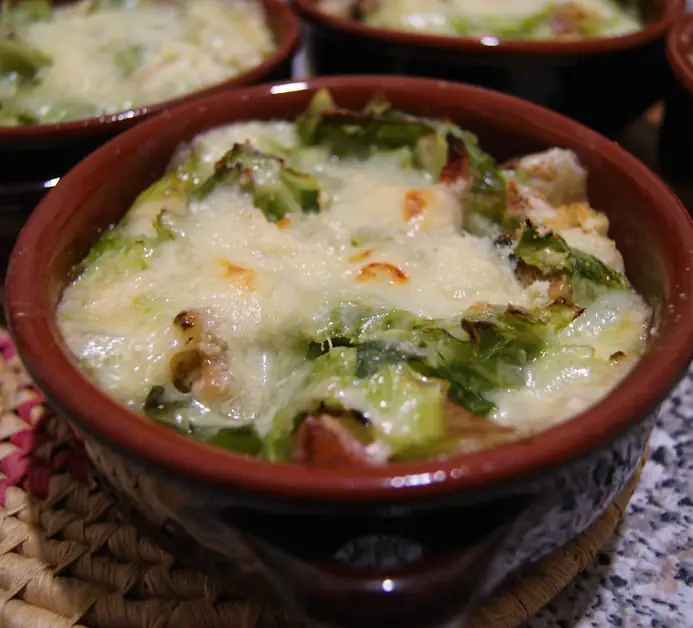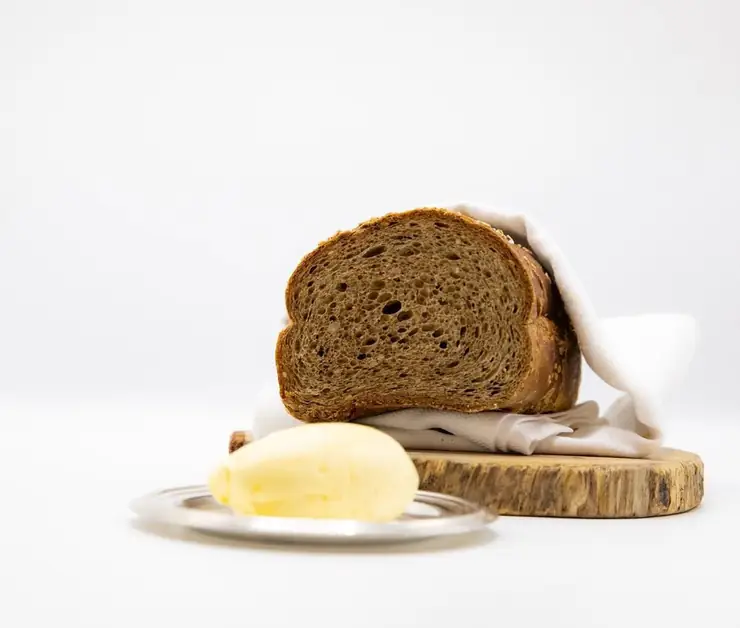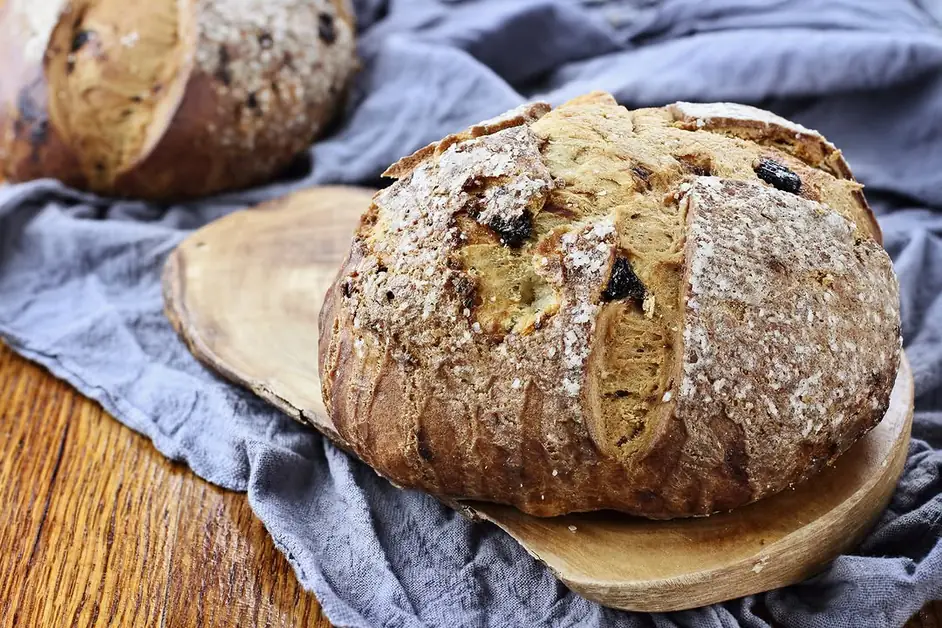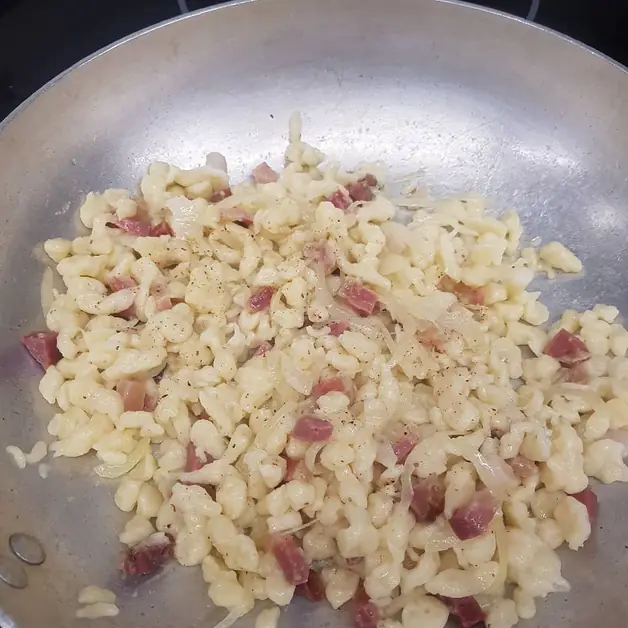Valdostana soup the ultimate winter comfort food
Valdostana soup is the ultimate comfort food for winter.
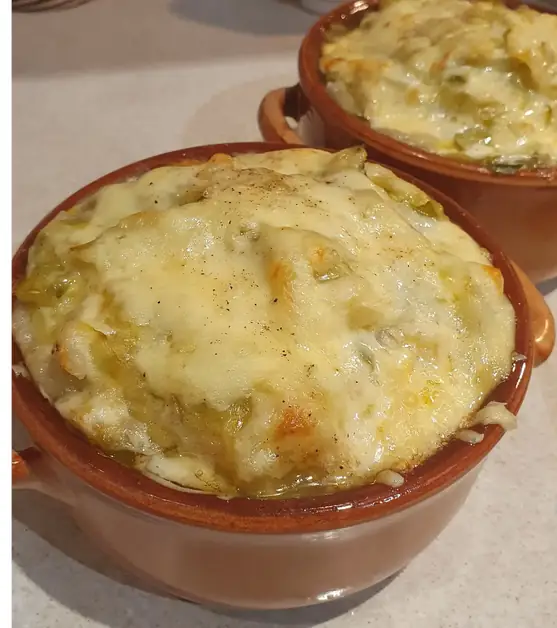
What is Valdostana soup?
Valdostana soup is one of the most representative dishes of the Aosta Valley, a symbol of winter and the cold evenings spent with family. When temperatures drop and the heating at home is at its maximum, the desire for a hot, nourishing, and flavorful dish arises spontaneously. Valdostana soup is the perfect answer to this need: a simple and genuine recipe that encapsulates all the warmth of mountain tradition.
Why is Valdostana soup considered the dish of winter?
This dish is synonymous with comfort food. Its humble origins tell the story of Aosta Valley families who, during the coldest months, used local and easily available ingredients such as savoy cabbage, stale bread, and Fontina DOP. The combination of these elements creates a hearty soup, capable of warming and satisfying the palate even on the coldest days.
What are the main ingredients of Valdostana soup?
The traditional recipe includes: 1 savoy cabbage 150 g of Fontina DOP or another Aosta Valley cheese 300 g of bread slices not too thick Meat broth 1 knob of butter Extra virgin olive oil to taste Salt to taste Black pepper to taste These simple yet genuine ingredients transform into a complete and balanced dish thanks to slow cooking and layering of flavors.
How is Valdostana soup prepared?
The procedure is easy but requires a bit of patience, just like all traditional recipes. 1. Start by thoroughly cleaning the savoy cabbage, removing the tougher outer leaves. Cut it into pieces and place it in a large pan. 2. Drizzle the cabbage with a generous tablespoon of extra virgin olive oil and cook for about 10 minutes, until the leaves become soft. At the end of cooking, adjust with salt and pepper. 3. Meanwhile, prepare the meat broth. You can use a stock cube, but if you have time, it's advisable to make it at home for a more authentic taste. 4. Lightly butter a baking dish and arrange the slices of bread on the bottom, moistening them with a bit of hot broth. 5. On top of the bread, spread a layer of cooked cabbage and a layer of Fontina slices. Continue alternating layers until the ingredients are used up. Remember to moisten each layer with a bit of broth so that the soup remains soft and creamy. The last layer should be cheese. 6. Bake at 180 °C for about 30 minutes, until the surface becomes golden and crispy. 7. Remove the soup from the oven and serve it hot, directly in the dish or in terracotta bowls.
What is the secret to a perfect Valdostana soup?
The secret lies in the quality of the ingredients. The savoy cabbage must be fresh and crisp, the bread preferably homemade or stale, and the Fontina strictly DOP, to achieve that unmistakable creaminess that characterizes the dish. The broth also plays a fundamental role: it must be flavorful but not too salty.
What is Valpellinente soup?
Valpellinente soup is an even richer and more traditional variant from the Aosta Valley. It takes its name from the municipality of Valpelline and, in addition to cabbage and Fontina, includes toasted bread and the addition of lard, preferably lard from Arnad, one of the region's most prized products. This version is even more flavorful and nourishing, ideal for those looking for a typically mountain and hearty dish.
What wines pair well with Valdostana soup?
Valdostana soup pairs perfectly with local red wines, such as Torrette or Enfer d’Arvier. These are wines with a strong yet harmonious taste that pair well with the sweet flavor of cabbage and the creaminess of Fontina. For those who prefer a white wine, Blanc de Morgex et de La Salle is an excellent alternative.
What are the nutritional values of Valdostana soup?
This dish is balanced and complete. Savoy cabbage is rich in vitamins and minerals, Fontina provides protein and calcium, while the bread and broth complete the meal with carbohydrates and liquids. It is a dish that warms, satisfies, and nourishes without being overly heavy.
How is Valdostana soup stored?
You can store Valdostana soup in the refrigerator for 2 or 3 days, covered with plastic wrap or placed in an airtight container. Before serving it again, simply reheat it in the oven or in a pan with a bit of broth. Alternatively, it can be frozen in single portions to enjoy it later.
Can Valdostana soup be adapted for vegetarians?
Yes, just replace the meat broth with a good vegetable broth. The result will still be excellent, thanks to the strong flavor of Fontina and the sweetness of cabbage. For an extra touch, you can add diced potatoes or other seasonal vegetables.
Why is Fontina so important in Valdostana soup?
Fontina DOP is the soul of this recipe. It melts during cooking and perfectly binds the other ingredients, creating a stretchy and creamy consistency. Moreover, its slightly sweet and aromatic flavor enhances the taste of cabbage and bread. Using good Aosta Valley Fontina means respecting tradition and achieving the best possible result.
Where can you enjoy Valdostana soup in Aosta Valley?
Valdostana soup can be easily found in typical restaurants and mountain huts during the winter season. It is often present on festive menus or at fairs dedicated to local products. Each valley has its version, with slight differences in ingredients or cooking times.
What other traditional soups can be found in Aosta Valley?
In addition to Valdostana soup and Valpellinente soup, there are other similar preparations such as barley soup, chestnut soup, and onion soup Aosta Valley style. All share the use of simple, local ingredients and a long cooking time that enhances the flavors.
Can Valdostana soup be served as a main dish?
Yes, it is perfect as a main dish. Thanks to the presence of bread, cheese, and vegetables, it provides all the necessary nutrients for a complete meal. It is ideal after a day on the ski slopes or a long walk through the snowy landscapes of Aosta Valley.
What are the secrets to make it even tastier?
A trick to intensify the flavor is to lightly toast the slices of bread before assembling the layers. Alternatively, you can add a drizzle of melted butter or lard from Arnad on the last layer before baking in the oven. These small details make the soup even richer and tastier.
